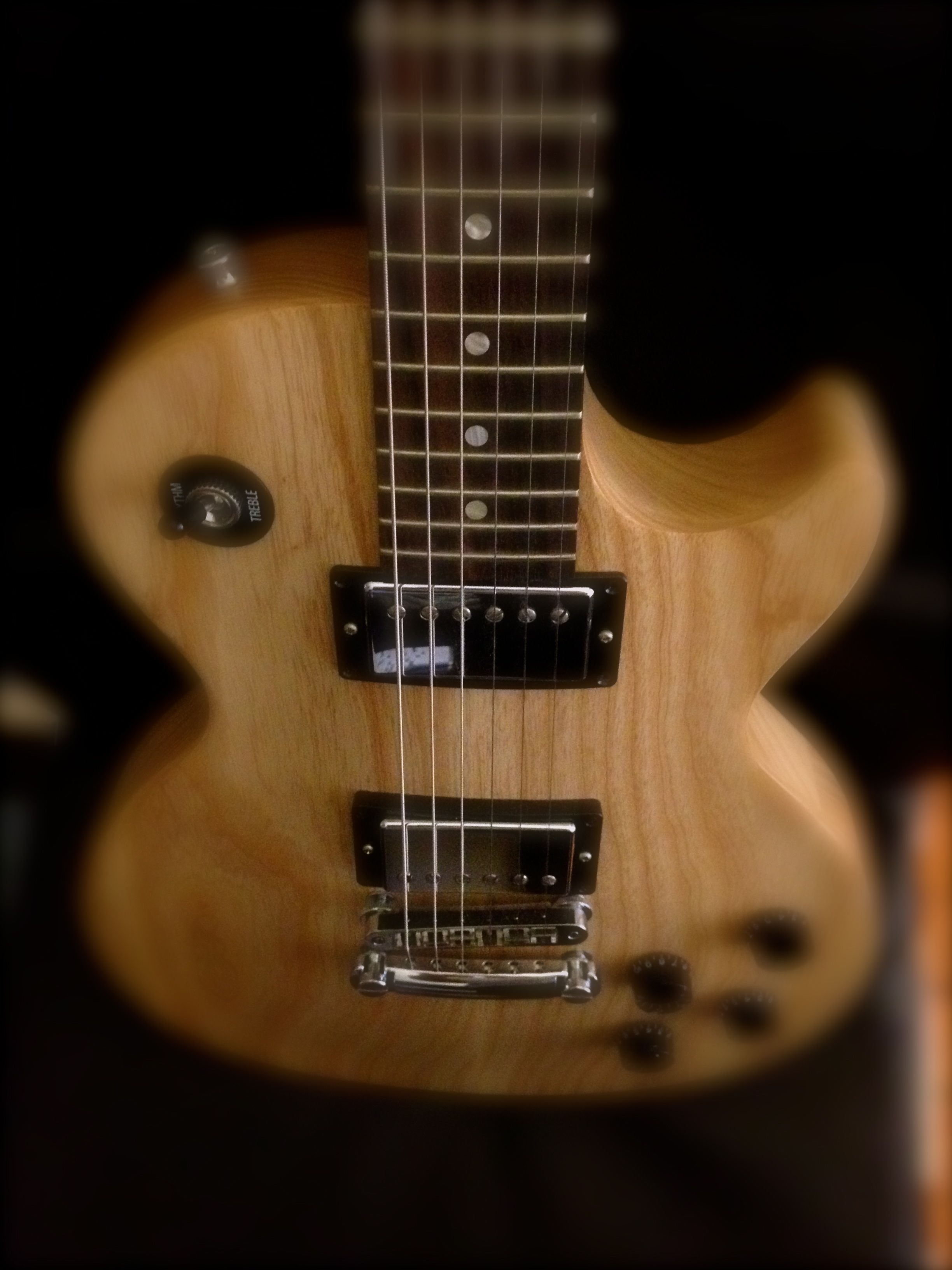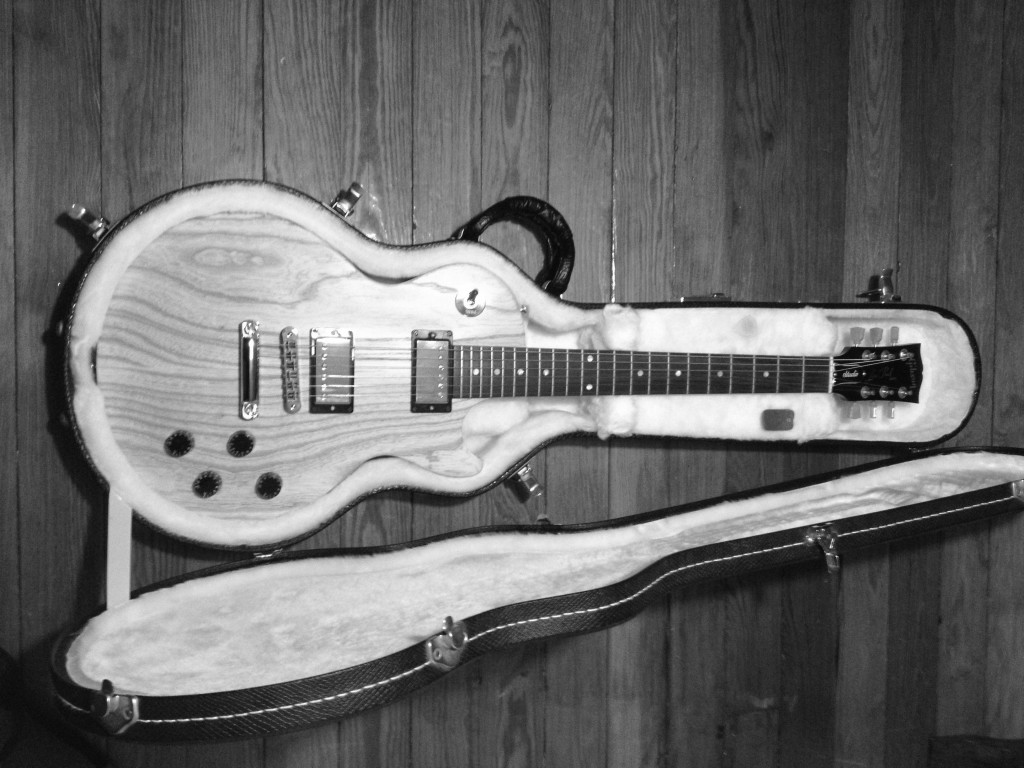Entering the studio can be a stressful task if it is your first time. Here at Cakewalk we’ve outlined a few things that every guitarist should know before walking into a tracking session.
1. Change your strings every 24 hours of play time
Guitar strings can take a beating in the studio, especially if your plan is to record a whole album’s worth of material. To keep strings from become dull and bland make sure to switch them out every 24 hours of play time. If you do switch them before a session, make sure to properly break them in so that you are breaking them in while you record.
2. Improve pick attack and dexterity
Sometimes one of the reasons why guitarists have a hard time getting the sound they want in the studio is because their pick attack is not as hard as it needs to be. A lot of the time in rock and heavy metal recordings much of the sound from the guitars is what drives the song. If that sound is not a particular tone and aggressiveness then the sound of the track will not sound correct for that style. A harsh palmed muted passage played by someone who isn’t quite versed in that style sticks out like a sore thumb.
3. Practice, practice, practice to a metronome
This goes without saying. Make sure that you are practicing to a metronome and internalizing the clicking. Don’t tap your foot or make any loud gestures to count the beat to yourself. You must feel the metronome in your playing or else you will have a hard time staying quiet in a recording booth while tracking.
4. Practice playing full takes
Recording full takes is definitely one of the hardest things to accomplish in the studio. In order to have this kind of workflow down you must practice the songs in their entirety or even practice recording the songs. Sometimes recording part by part is a quicker task, but only if each part is practiced to perfection. If you must record each section part by part then the music may be out of your comfort zone.
Need a DAW to practice recording full takes? Try SONAR X3 for Free!
5. Practice with headphones if you are not used to playing with headphones on
The studio may bring many levels of discomfort if you have never experienced it before. One of which could be playing with headphones. Practicing with an amp can be useful when rehearsing for live shows, but little details about your performance could go unnoticed with that type of setup. The studio is a place where you are put under a microscope and are expected to play your best. Using headphones is part of the monitoring setup in a lot of studios. Do yourself a solid and pick up a pair to understand how you sound “under the gun”.
6. Adjust pickups in case they are too far from your strings
Electric guitars rely on the pickup systems to output a proper signal. Make sure your pickups haven’t sunk into the body of your guitar. The farther these are from string, the more the signal suffers in sound. The fix is easy for most pickups, simply take a screwdriver and adjust the screws that sit on the pickups. Count your turns so that each side of the pickup is the same distance.
7. Get a new guitar cable plus a backup
Brand new guitar-specific guitar cables are very important. Different companies make different kinds of cables out of all different types of materials. Take the time to make a few purchases to see what the differences are in cables. Check online reviews, and maybe even find out what studios recommend for guitarists. Check the cables that you are using between guitar pedals and make sure that they are all undamaged. Don’t kink your cables and make sure you wrap them correctly.
8. Make sure intonation is correct, and if not then get it intonated
This is by far the #1 culprit of bad recordings. An easy to understand what your intonation is like simply tune your guitar’s open strings and then play octave chords above the 12th fret of the guitar. If something sound severely wrong then your guitar needs to be intonated. Furthermore, if your arrangement has a bass involved, make sure the bass in intonated as well and by the same person. Different luthiers use different methods to intonate guitars and basses.
You should have your guitars setup with the change of every season. The weather can affect the wood severely and cause intonation to go out. Getting your guitar setup will also help adjust things like your action and truss rod adjustments.
9. Clean your fretboard
Use a flat-head screwdriver where the frets meet the wood. Make sure you do this gently, and make sure there’s no grime or residue in this area of the neck. Oftentimes even a little bit of grim can make the guitar sound out of tune when it’s perfectly intonated and tuned. in addition, you can easily google fretboard cleaner online and order some for a small amount of money.
10. Pedal Upkeep
If you are using any pedals, make sure they are either hardwired with AC or have brand new batteries. Depending on how the pedal is built and wired, a dead battery can hinder the signal. They can create hums, ground loops, or just simply process in a way that chokes the sound.
11. Make sure all the electronics in the guitar are working
If you have noticed that you have a loose pickup selector, noisy knob, or a unstable cable jack then make sure that you get that worked out. The last thing you need is for something to fall apart in between takes. Make sure you do not have any loose screws or bent hardware on your guitar either. Sometimes this kind of damage can produce more problems.
12. Ohm matching when using one or more speakers
Matching impedance (which is measured in Ohms) needs to be done correctly. If do not match these correctly or know what you are doing then it could result in a blown speaker or blow head. Make sure to be particularly careful about this when working with more than one speaker or differing loads.
13. Buy a backup pair of tubes for your amp head
Make sure you purchase new tubes for your head before entering the studio. Blowing a tube during a recording can lose you about 2 hours in the studio and even more if you are several hours away from the closest music store. Make sure to purchase the same kind of tubes you had before. Different types of tubes can alter the sound of your tone.
14. G-String constantly out of tune? 
If you’re guitar’s G string constantly falls out of tune then take a #2 pencil and gently roll a bit of lead in the nut-groove where the G string lies. This helps add a level of friction between where the string and the nut meet and keeps the string from sliding around during your performance.
Wrap Up
Don’t be afraid or intimidated by the studio if it’s your first time going in. Everyone makes mistakes their first time and the best thing you can do is practice your passages until you can play them cold. Read up on your favorite guitarists to see how they prepare for the studio, or talk to guys that you know record a lot.





One Reply to “14 Tips for Guitarists Before Entering The Studio”
Comments are closed.